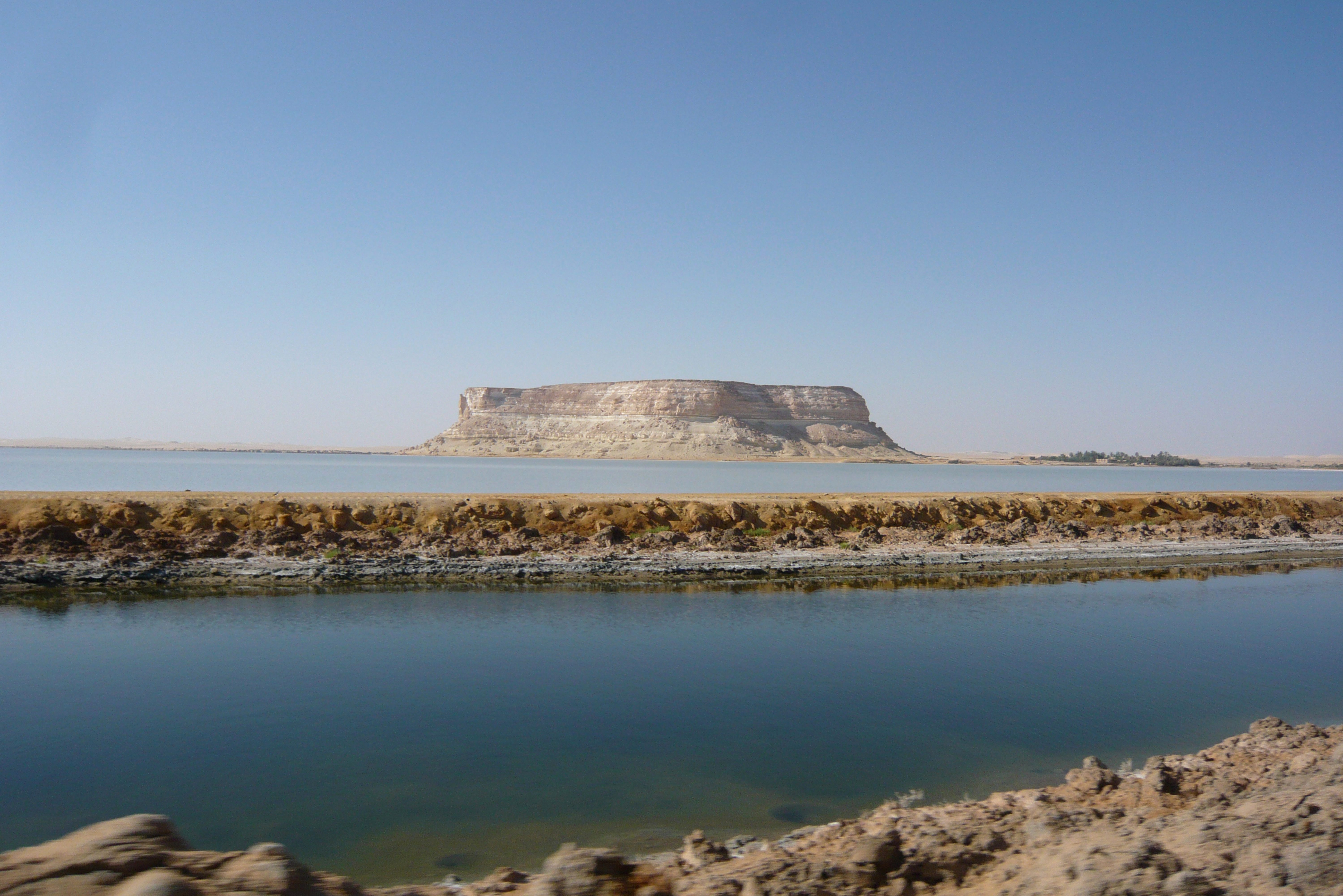
Ever feel like leaving your life behind and going off to the most remote region of the world where no one knows your name? If you’re looking for solitude, these places have it. Check out these remote places from around the world below.
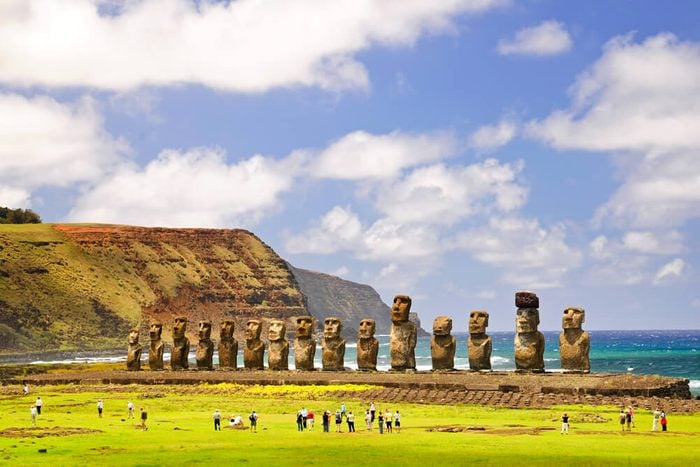
Easter Island, Chile
Known for it’s more than one thousand Moai statues, Easter Island may be famous, but it’s remote—more than 2,000 miles away from modern civilization. The statues were sculpted by the Rapa Nui people from volcanic rock between 1250 and 1500 AD. The island’s three peaks, Terevaka, Poike, and Rano Kau, are comprised of the same ancient lava and create a visually stunning landscape. Flights to and from Easter Island are limited, as are conveniences like air conditioning—but anyone who’s been will tell you it’s worth the trip. Check out these other extreme travel adventures around the world.
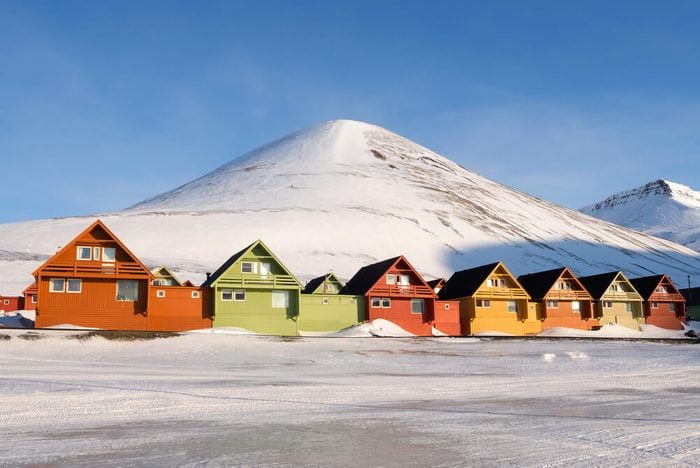
Longyearbyen, Norway
This is one of the northernmost decent-sized towns on earth. In 1950, Longyearbyen passed a law that prohibited burial in this frigid region, due to the fact that the frozen ground would mummify corpses indefinitely. There’s a running joke that it’s illegal to die in Longyearbyen; there also happens to be a law requiring locals to carry a gun for protection against polar bears. On the archipelago of Svalbard, this unique town’s 2,100 residents hail from a variety of countries. Popular outdoor activities include kayaking, cross-country skiing, snowmobiling, and biking.
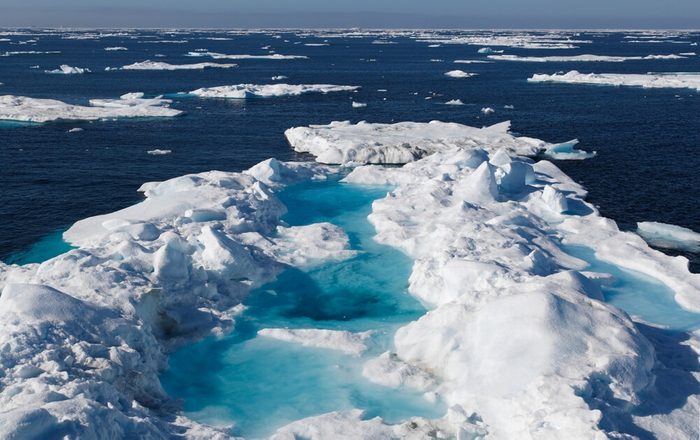
Devon Island, Canada
You know a place is desolate when NASA designates it for interstellar research. The space program has tested robots, spacesuits, and vehicles here in preparation for a mission to Mars. Part of the Queen Elizabeth Islands, Devon is the second largest in the group and is situated within the Canadian Arctic Archipelago, closer to Greenland than the heart of Canada. The barren landscape guarantees you solitude—it’s even devoid of most animal life! This is the true story of how one man survived a polar bear attack in Canada’s Arctic tundra.
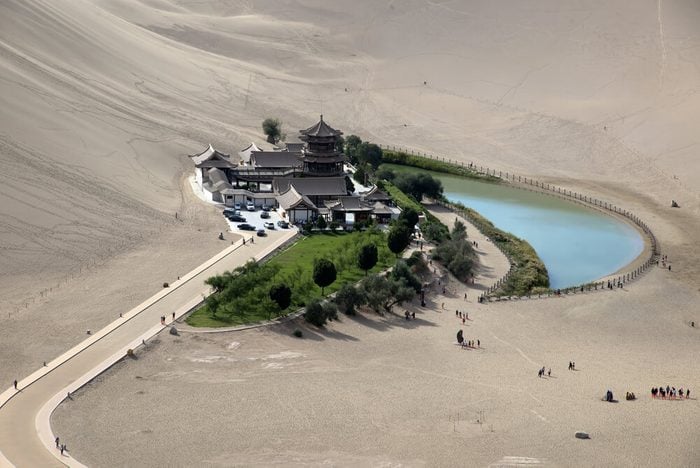
Crescent Lake, China
Want a true desert oasis? Plan a trip to the 2,000 years old Crescent Lake, a moon-shaped body of water in the Sahara Gobi Desert fed by natural springs. A small, isolated town sets on the edge of the water, but since shuttle buses can bring visitors to the area, it’s one of the few easily accessible remote wonders. Here are some other natural wonders you’ve never heard of.
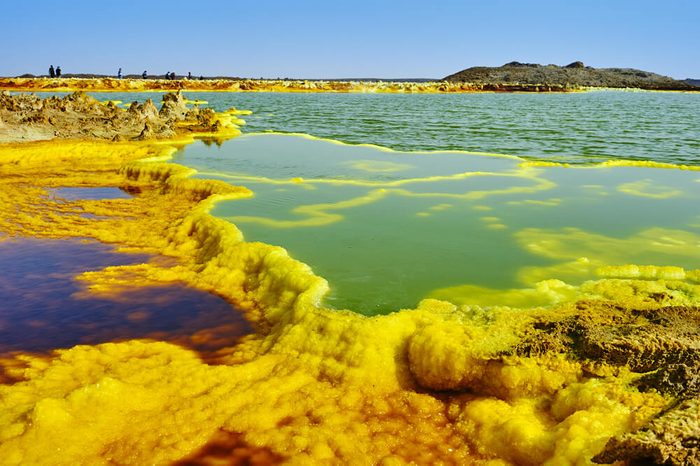
Danakil Depression, Ethiopia
Danakil Depression is a crater in northeastern Ethiopia, where surreal landscapes composed of salt, acid pools, and sulfur compound surround one of the few known lava lakes in the world. With scorching temperatures, it is the hottest place on earth, often referred to as “The Gateway to Hell.” Here are 15 countries that existed 100 years ago but don’t anymore.
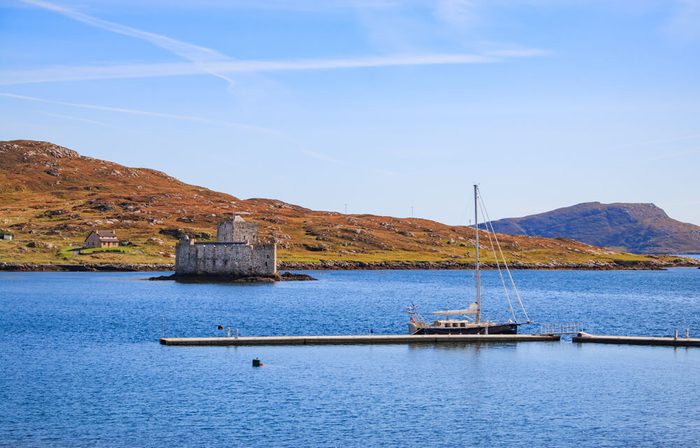
Barra Island, Scotland
Barra is the southernmost inhabited island in the Outer Hebrides. With a population barely of just more than 1,000, the ten-mile-long island has generous space to roam and explore. Getting there requires boarding a tiny propeller plane that lands on the sandy beach; Barra’s runway disappears with changing tides, which dictates when visitors can come and go. Needless to say, the flight is breathtaking.
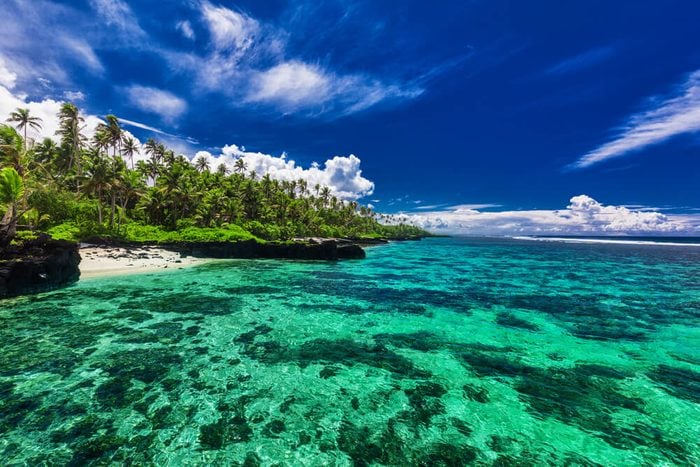
Apolima, Samoa
Samoa is comprised of four islands, and Apolima is the smallest. Don’t let its size fool you, though. Apolima is bursting with breathtaking jungle foliage and surrounded by pristine blue water. Travelers must negotiate with local families to arrange a stay, however, and a boat ride is your only way there. Here are some more accessible island escapes around the world.
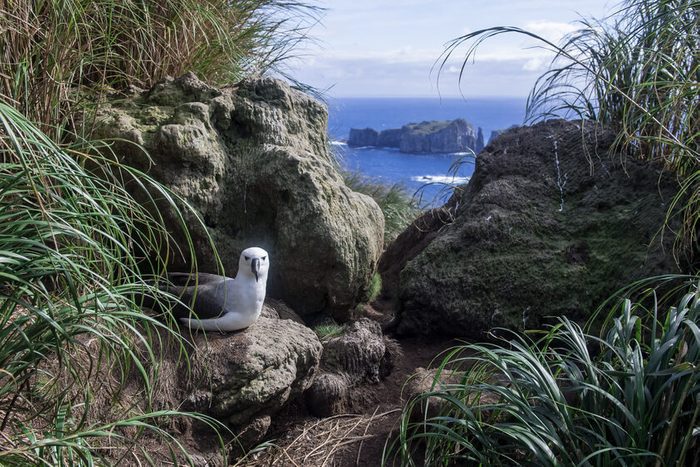
Tristan da Cunha
This group of volcanic islands in the south Atlantic is a British overseas territory. While it rains a lot, the island is the perfect place to spot whales, dolphins, penguins, and a diverse assortment of seabirds. Intense isolation and beauty draw those in need of refuge from the world. Only 269 people reside on the island, making it the most remote island on earth—the nearest landmass is more than 1,500 miles away. Here are some of the least-crowded Caribbean islands to add to your bucket list, too.
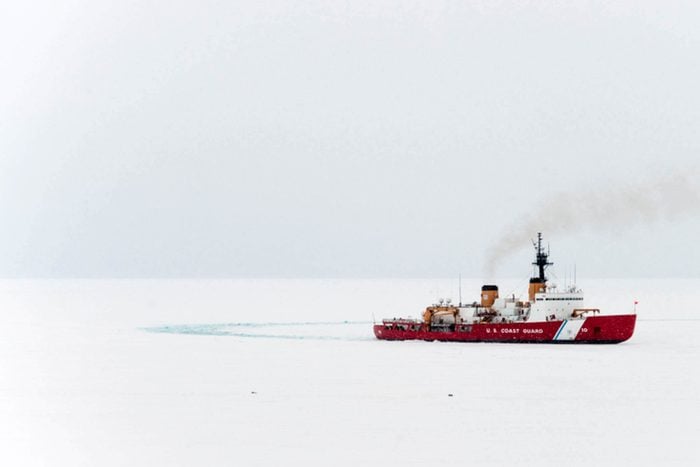
McMurdo Station, Antarctica
When you think of remote destinations, Antarctica has to be on the top of your list. This scientific community at the southern edge of Ross Island sits a mere 850 miles north of the south pole. Researchers and scientists occupy McMurdo, which is the main U.S. research station on the continent.
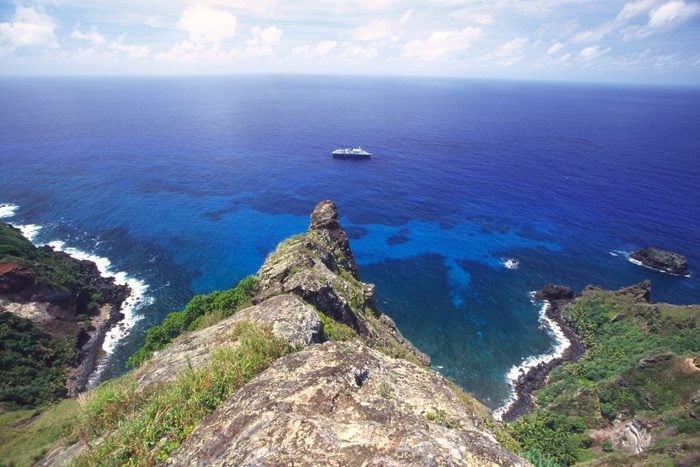
The Kerguelen Islands, French Southern, and Antarctic Lands
Located in the super southern portion of the Indian Ocean, this freezing cluster of islands rarely get visitors, earning the main isle the title of Desolation Island. If you have a thirst for arctic temperatures, you can get to this research station by ship. Make sure you check out these islands that will surely disappear in the next 80 years.
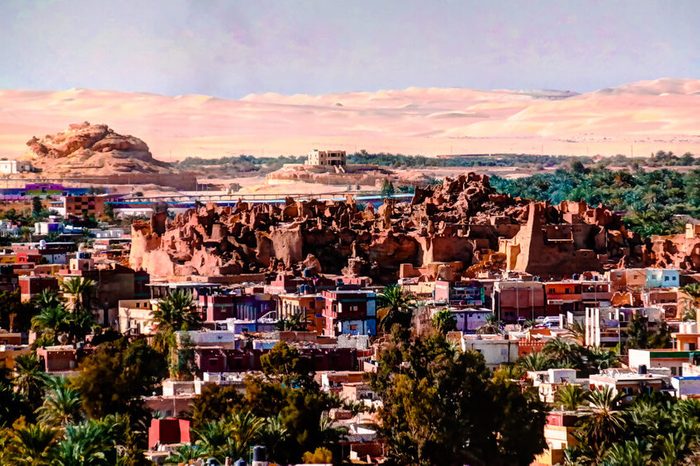
Siwa Oasis, Egypt
North African culture is tightly preserved in Siwa, as it resides away from the rest of inhabited Egypt. Although it gets few visitors, the oasis is just five hours from Cairo in the Western Desert. Two hundred springs feed the mud-brick village, and those who visit are in for a truly incredible experience of indigenous foods and ancient practices.
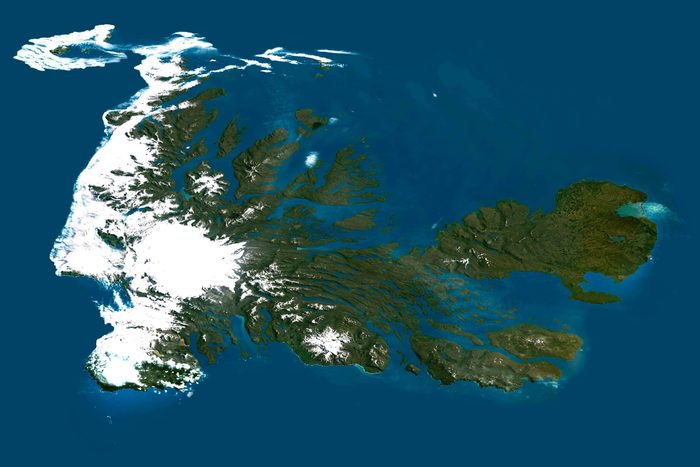
Pitcairn Island, South Pacific
There are just 50 people living on this gorgeous slice of paradise, despite the U.K.-territory offering free land to those who will become residents. As a tropical destination, the island offers incredible snorkeling and sunbathing; however, there aren’t many jobs in Pitcairn for those looking to relocate. At 3,000-miles from New Zealand, the island sits mostly empty. The clear surrounding ocean rivals the most beautiful island waters in the world.
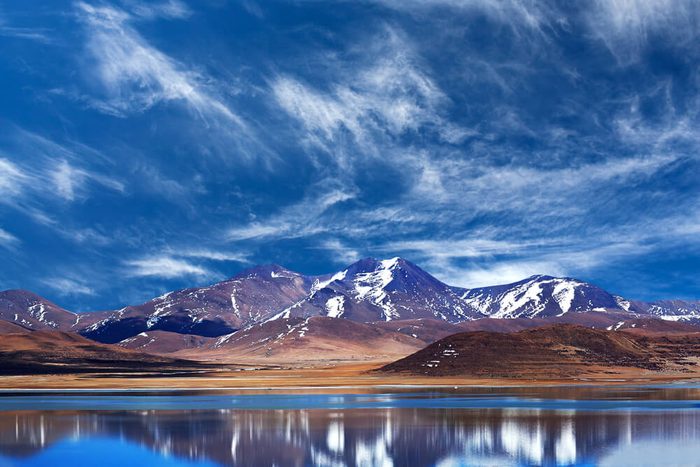
Tibetan Plateau, China
Spreading over 965,000 square miles, the Tibetan Plateau sits between the Kunlun Mountains and the Himalayas at an elevation of 13,000 to 15,000 feet. Much of Asia’s water comes from this region, home to countless lakes and rivers. The plateau’s natives have continuously inhabited the area for more than 20,000 years, though only a small number remain. Hiking up mountains is no easy feat. This man was left to die on Everest, but these hikers sacrificed reaching the top to save his life.
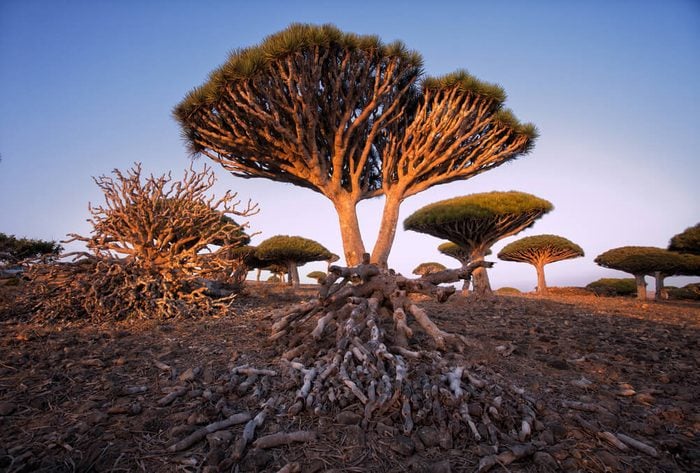
Socotra Island, Yemen
Due to its peculiar landscape and oddly shaped foliage, Socotra is affectionately known as the “Alien island.” It’s believed that the ocean once covered the land, resulting in its limestone foundation in which rare Dragon’s Blood trees have rooted. An unwritten language, known as Soqotri, is spoken among natives; immigrants of Arab, Somali, Greek, and South Asian descent also live in Socotra. Though more people visit these days, the bizarre flora and fauna of the island will transport you to another world. Here are a few more under-the-radar places you probably haven’t heard of.
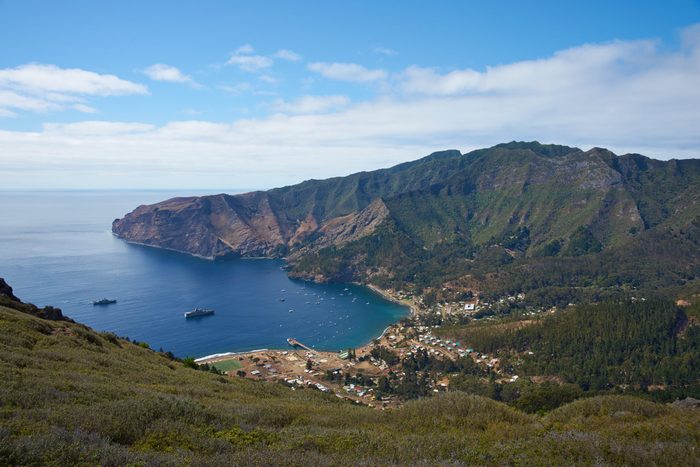
Robinson Crusoe Island, Chile
The largest island in the Chilean Juan Fernandez archipelago in the South Pacific Ocean is called Robinson Crusoe Island because of hundreds of years ago in 1704, sailor Alexander Selkirk was marooned for more than four years with limited tools before he was rescued. Writer Daniel Dafoe, inspired by Alexander Selkirk’s survival on the island about 400 miles west of South America, wrote the novel, Robinson Crusoe. Then, in 1966, the Chilean government renamed the island Robinson Crusoe Island.
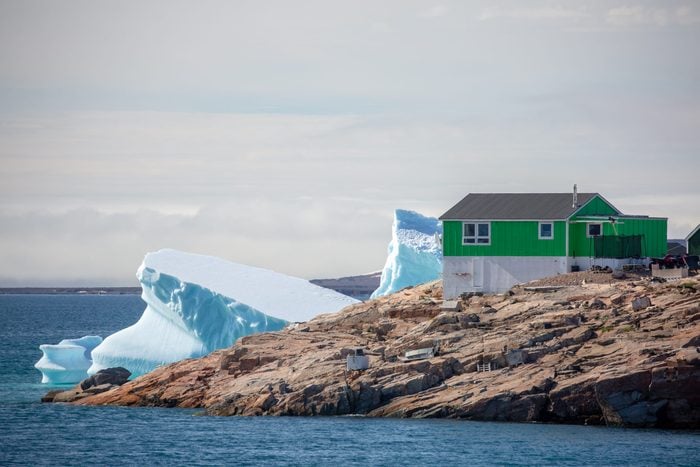
Ittoqqortoormiit, Greenland
Greenland’s most remote town Ittoqqortoormiit has 450 residents and only one grocery store. Located on the East Coast, Ittoqqortoormiit was founded by settlers from Tasiilaq and West Greenland in 1925. It’s a sight for the midnight sun in summer and the northern lights in winter.
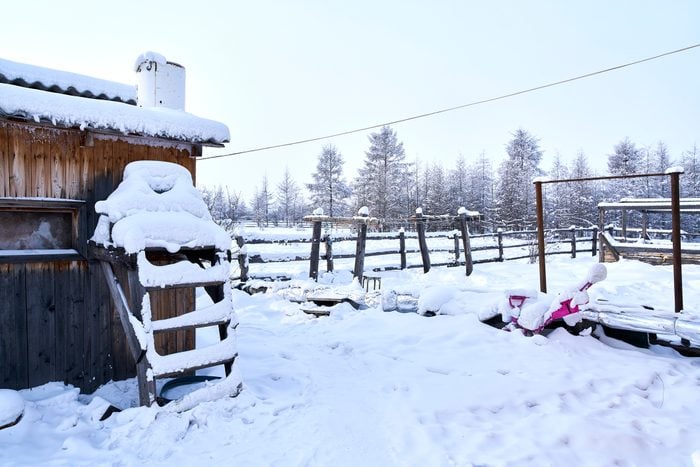
Oymyakon, Russia
There are few places colder and more remote than Oymyakon in Russia. This town has about 500 residents and is the coldest inhabited place on earth, where temperatures are -58 degrees on average. In case you’re wondering how these residents deal with the cold, photographer Amos Chapple documented his experience in a photo series by exploring Oymyakon and Yakutsk, the nearby city with also cold temperatures. Chapple told the Weather Channel that to survive the cold residents drink “Russki chai, literally Russian tea, which is their word for vodka.”
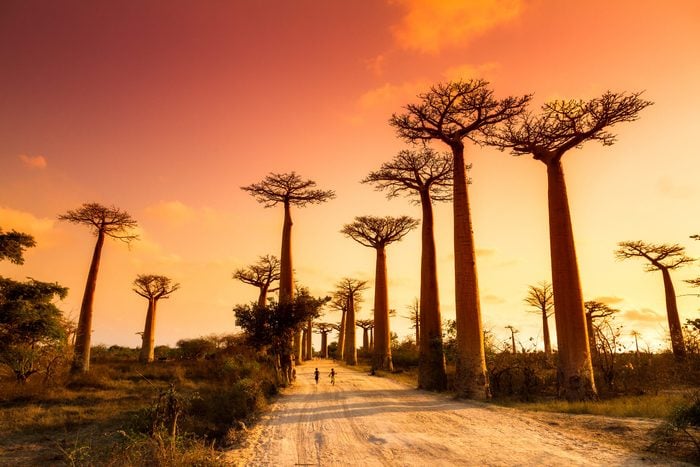
Avenue of the Baobabs, Madagascar
The ancient baobab trees on this dirt road path that connects Belo Tsiribihina and Morondava on the west coast of Madagascar are a sight to behold. According to Atlas Obscura, legend has it that the trees look the way they do because “when Arab seafarers first visited a bit over 1,000 years ago, they said the devil ripped them out of the ground and put them back upside down, for their canopies resemble roots.” If you can believe it, there was once a forest full of these trees but because of construction and the encroachment of modern life, the trees were cut back, leaving these final trees striking in their isolation. Here are 11 perfectly timed nature photos that look fake but aren’t.
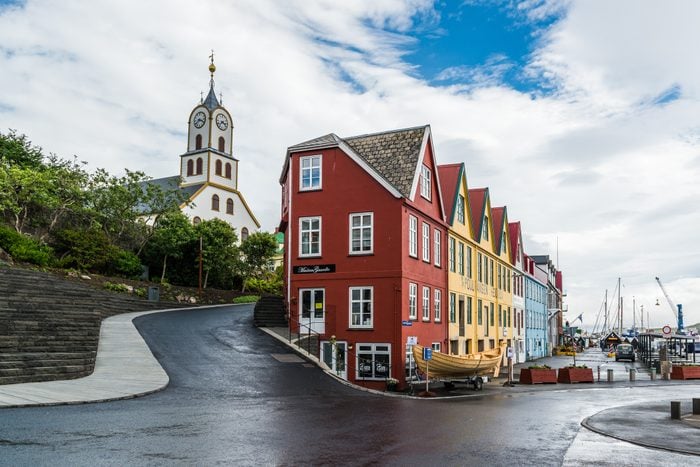
Tórshavn, Faroe Islands
Tórshavn, named after Thor, the Norse god of thunder, is the capital of the Faroe Islands located and has a population of 20,500 people, making it one of the smallest capitals in the world. The North Atlantic archipelago, with European-style cafes and culture of rich traditional Faroese ballads, is a blend of modern and historical experiences amidst the stunning landscape.
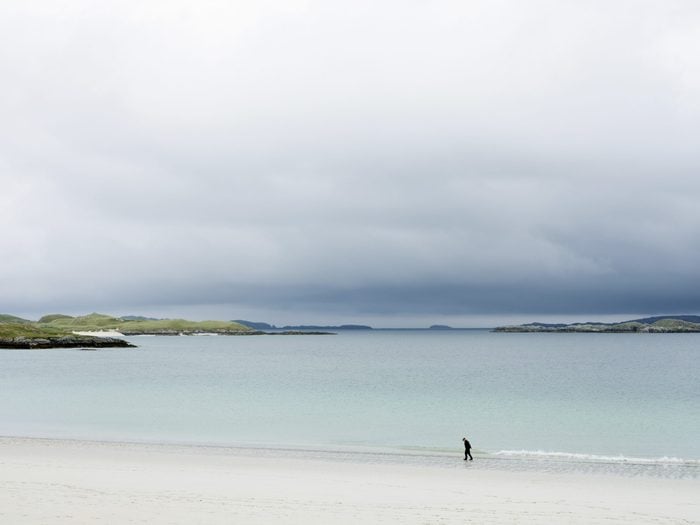
Outer Hebrides, Scotland
Located on Scotland’s west coast, the Outer Hebrides consists of more than 100 islands while only a handful is inhabited, including Lewis and Harris North Uist, and Benbecula. A part of Scotland rich in Gaelic island culture, ancient history, and stunning views of land and sea, the Outer Hebrides is accessible yet remote enough to feel like a world of your own. Next, here are 17 jaw-dropping photos of Scotland to appease your wanderlust.